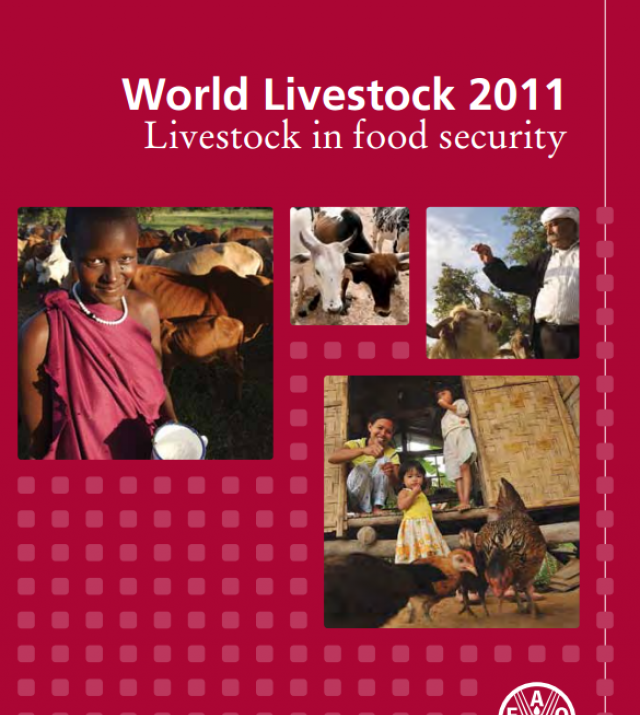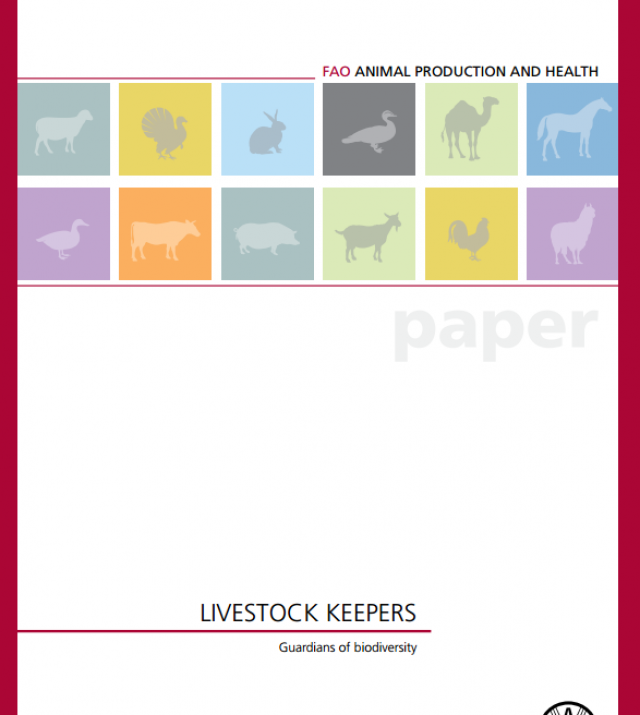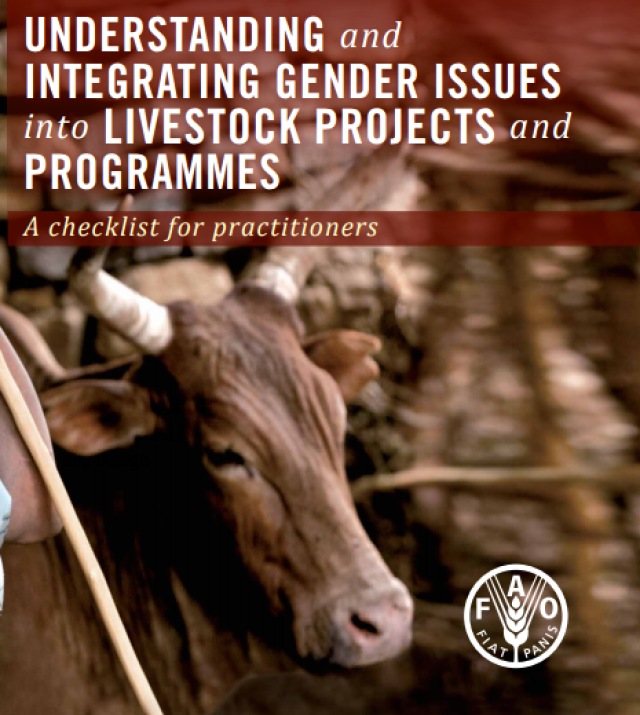
Global Livestock Production Systems

The global livestock sector is rapidly changing in response to globalization and growing demand for animal-source foods, driven by population growth and increasing wealth in much of the developing world. The rapid rate of urbanization seen in many countries is not only linked to growing affluence but also gives rise to changes in people’s food preferences; usually tending towards greater convenience and higher standards of safety. As well as the many benefits and opportunities associated with rapid sector transformation and growth, they are also associated with social, environmental and public health risks. Moreover, there is a growing appreciation that the livestock sector needs to operate in a carbon-constrained economy, resulting in increasing competition for land and water resources, and growing pressure for the sector to be managed cleanly, safely and sustainably.
This book has grown out of a long-standing collaboration between the Food and Agriculture Organization of the United Nations (FAO), and the International Livestock Research Institute (ILRI). It emerged from a meeting of international organizations held at the Earth Institute at Columbia University in 2004, at which FAO and the Consultative Group in International Agricultural Research were charged with closing a gap in our understanding of the distribution of agricultural production systems. The book took further shape following a workshop convened by FAO in Bangkok in 2006, during which the custodians of many of the key datasets needed to produce maps of global livestock production systems were brought together with experts and researchers in agricultural production systems. It brings together the results of several years’ of activity by FAO and ILRI, along with colleagues from the International Food Policy Research Institute, the International Institute for Applied Systems Analysis and many other organisations not explicitly linked to the production of the book.
The book provides a stock-take of where we are with livestock system classification. It presents the most up to date maps of global livestock production systems and provides revised estimates of the number of poor livestock keepers, globally, within the different production systems. It proposes alternative approaches to mapping production systems that are explicitly linked to livelihoods, and reviews the ways in which intensive production can be accounted for. Several examples are presented of how systems’ information can be of value. It also underscores the areas that need further development. The FAO and ILRI continue to work jointly on several of these.

